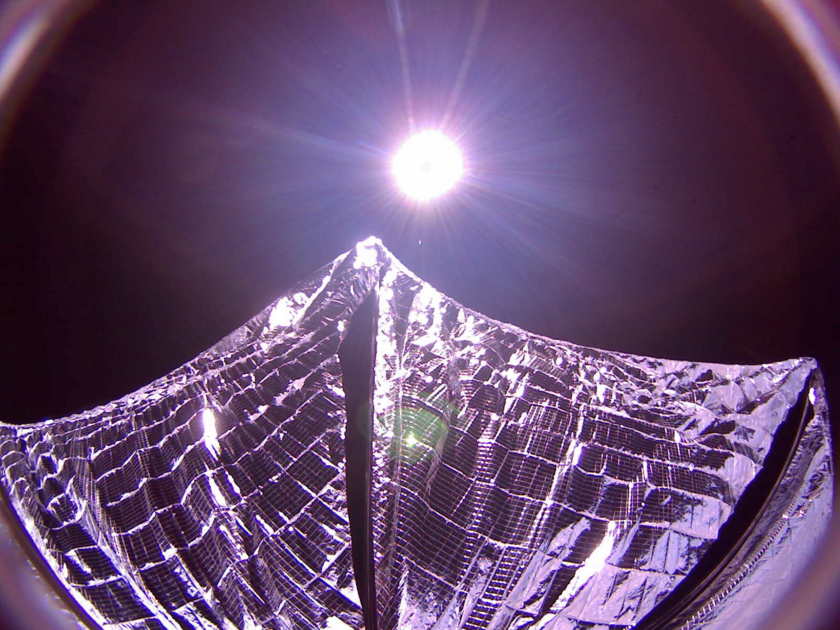
It’s not a true space mission without a little bit of drama, and The Planetary Society had just that. Unforeseen software glitches, spacecraft falling silent, and periods of no contact with Earth had The Planetary Society and their fans sitting on the edge of their seats. The LightSail mission team and supporters spent 19 days following the solar sailing spacecraft, LightSail A, as it circled in low-Earth orbit, days numbered, before deploying its Mylar solar sails on Sunday, June 7. The successful deployment of LightSail’s solar sails marked a milestone for the non-profit space interest group as they work toward a LightSail primary mission in 2016. The Planetary Society held a LightSail mission press conference Wednesday, June 8, to discuss the outcomes of their first (and last) test flight and what to expect when the second mission launches next summer.
LightSail is a CubeSat spacecraft designed to test solar sailing technology. The idea behind solar sailing is to use energy from our Sun to propel a spacecraft throughout the Solar System. The Planetary Society agrees that solar sailing is a much more cost efficient method for space travel, rather than the traditional chemical fuel methods used today. The Planetary Society’s citizen-funded LightSail mission is designed with the goal of opening up space exploration and the testing of new technologies at an affordable cost. LightSail demonstrates the viability of solar sailing for small spacecrafts, such as CubeSats, that are used by many universities and research groups. The cost of flying these small satellites can be a challenge, but the successful completion of LightSail’s first mission puts humanity one step closer to changing that.
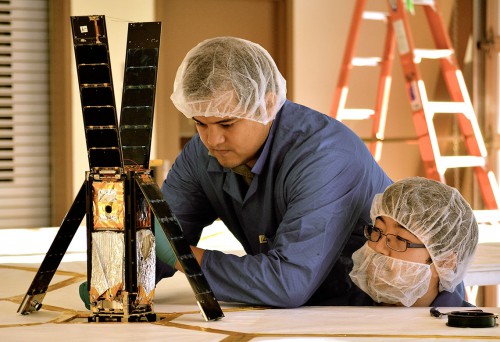
“I am so excited because this mission is a success,” exclaimed The Planetary Society CEO Bill Nye (the Science Guy) in Wednesday’s teleconference. “We are a non-profit organization funded entirely by members and supporters across the world that think space exploration is a wonderful use of intellective treasure and we qualified to get on a great big rocket, the Atlas V.”
LightSail’s four sails may have deployed from a very small box, or CubeSat; however, Bill Nye noted that there is no vacuum chamber in the world big enough to fit all four. While the dimensions of most CubeSats are 10 x 10 x 10 cm, LightSail is significantly different because it’s a 3-Unit CubeSat with dimensions measuring 10 x 10 x 30 cm and weighing about 11 lbs (5 kg). The actual unit is no bigger than a loaf of bread without the sails deployed, but once they are LightSail becomes the size of a boxing ring with width up to 5.6 meters (18.4 ft). The Mylar solar sail is no thicker than 4.5 microns, or 1/5000th of an inch, and is connected by four 4 m (13 ft) “tape-measure-like” booms. The total sail area measures up to 32 sq m (344 sq ft).
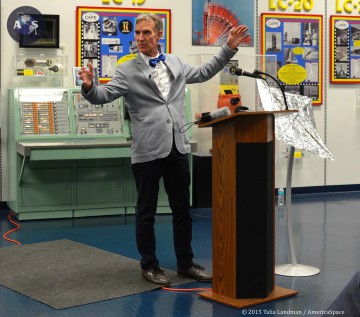
“That sail deployed is bigger than most living rooms,” explained Nye. “So, we’re really pleased because the sail really did deploy and we got some very nice images and one so far that really has my heart. It’s beautiful.”
The Planetary Society’s LightSail mission is 39 years in the making. The late astronomer and Planetary Society founder Carl Sagan spoke of his vision when Nye was a student of his at Cornell University. As it was described in a previous AmericaSpace article, Nye was greatly influenced by his astronomy professor and became a member of The Planetary Society in 1980. After Sagan’s passing, Nye was given the opportunity to join The Planetary Society’s Board of Directors, then becoming Vice-president, and now serving as Chief Executive Officer (CEO). The dream, which is now becoming a reality, has the potential to truly democratize space, but before this happens, the LightSail mission team has a few issues to work out.
The small spacecraft experienced a number of issues during its short duration in space, and the LightSail team was faced with some difficult challenges but overcame them.
“We passed a number of milestones. The most important of those milestones were just last Sunday when we deployed the solar sail and then finally yesterday when we were able to download the full image confirming that in fact the solar sail was out and looking good. Actually, I say, the solar sail is looking great! We could not be more pleased with the way it turned out especially after all the ups and downs this project has been through,” said Doug Stetson, LightSail project manager.
The solar sail deployment worked perfectly as planned but only after the third attempt. The first attempt to deploy the solar sail was Friday, June 5, but deemed unsuccessful. The team spent the following Saturday analyzing data, trying to figure out what went wrong, and tried a second attempt Sunday morning. The second attempt also failed. With time ticking and LightSail’s lifespan becoming shorter and shorter, the team scrambled to figure out a way to restore communication and get data back from the spacecraft. The team had one more chance on Sunday to deploy the sail, and to their luck, they saw the sail motor starting to spin just in time for the communication pass to end. The team had to wait until Tuesday, June 8, to confirm that the sails did deploy. A gorgeous selfie of the LightSail spacecraft back dropped by the vast darkness of space and a glimmering star, our Sun, proved that the sails deployed successfully.
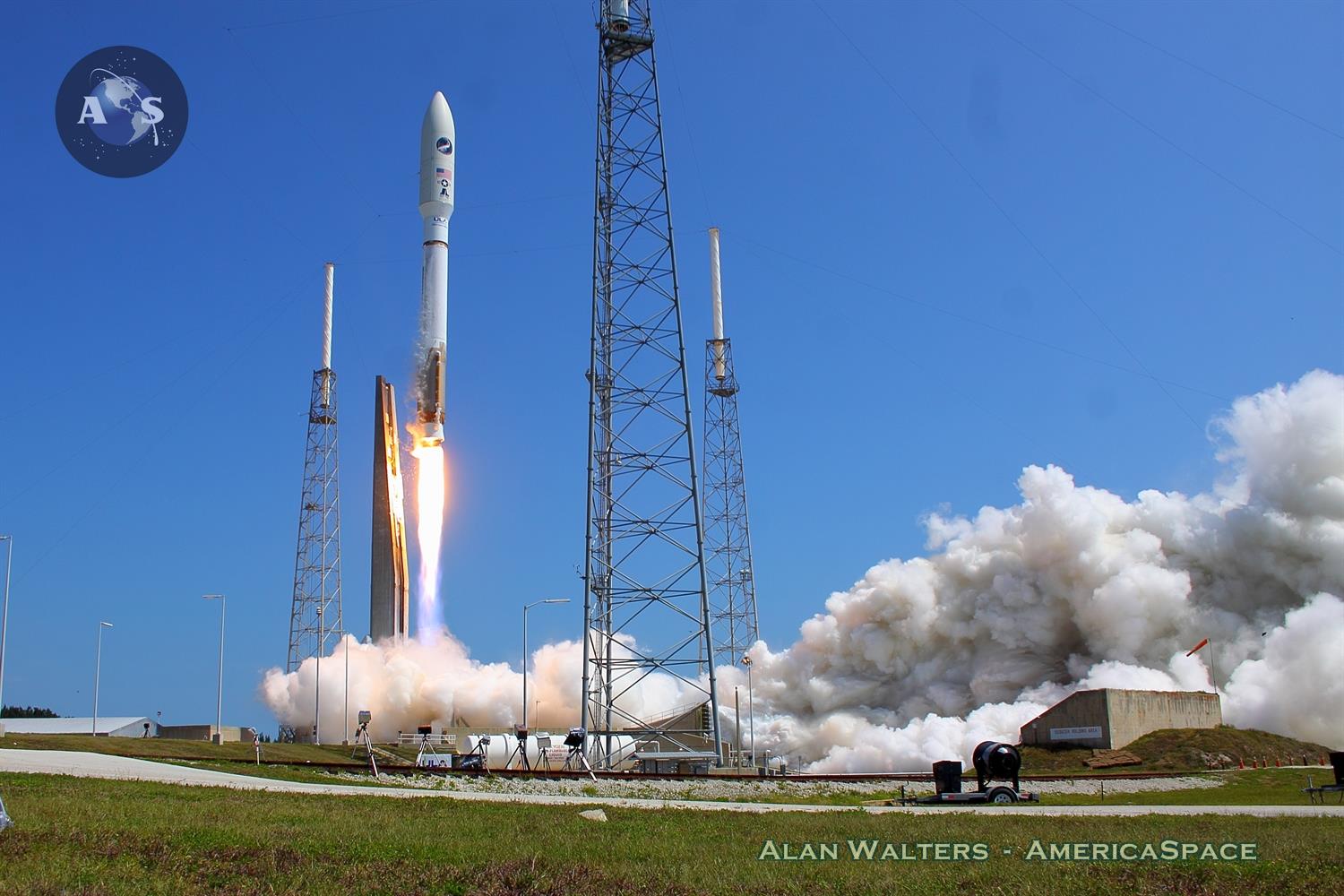
“We learned a tremendous amount about our flight system and how to operate the spacecraft in space, and even as we speak we have people on the engineering team using that to help us get ready for the flight next year, “ explained Stetson. “This week’s flight is really just a test drive to make sure the systems are operating as designed, or at least we understand how they’re working and we know how to operate the spacecraft. It should be noted this particular flight is not in a high enough orbit to allow actual solar sailing due to atmospheric drag, and we knew that before launch. That will come late next summer when we launch a virtually identical spacecraft on our second flight, or primary mission. This one will go to a higher orbit about 750 km, circular orbit, and that will be high enough for us to conduct real solar sailing on a mission that should last for at least three months, maybe as long as six months.”
The second LightSail mission, called LightSail B, will launch next summer atop a SpaceX Falcon 9 Heavy rocket along with another spacecraft called Prox-1 built by students at Georgia Tech. The duo spacecraft will spend two weeks in orbit together before LightSail performs its primary mission.
Stetson expects LightSail A atmospheric re-entry to occur this coming Sunday, but could be as early as Saturday. The public can view and follow LightSail as it orbits the Earth via The Planetary Society’s Mission Control Center. The best times to view the spacecraft before its demise are at dusk and dawn.
Want to keep up-to-date with all things space? Be sure to “Like” AmericaSpace on Facebook and follow us on Twitter: @AmericaSpace
Missions » Air Force OTV » AFSPC-5 »



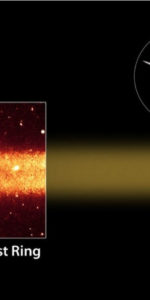
2 Comments
2 Pings & Trackbacks
Pingback:LightSail A deemed a “success” | Off to the Space Races
Pingback:Mars Cube One: New Deep-Space CubeSats Will Travel to Mars Along With InSight Lander « AmericaSpace